In the hours immediately following the Kennedy assassination, after Lee Harvey Oswald was identified as the president’s assassin. And after he shot and killed Dallas Police Officer J.D. Tippit, a Secret Service officer named Mike Howard was ordered to go to Oswald’s apartment.
While there, Howard found a little green address book and on the 17th page under the heading “I WILL KILL”, Oswald listed four men: Edwin Walker, a right-wing general; an FBI agent named James Hosty; Vice President Richard Nixon; and John Connally, the governor of Texas. Oswald had sketched a dagger, through Connally’s name with drops of blood dripping downward.
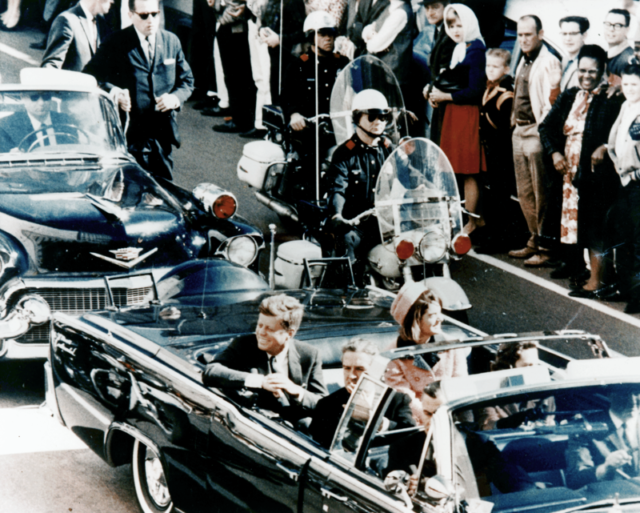
The address book was turned over to the FBI by Special Agent Howard and, ultimately, it went to the Warren Commission. Howard learned only some time later that the list, with its immensely important insight into the killer’s intention, had been torn out of the book.
Three years ago, on the 50th anniversary of the assassination, a book was published that argued circumstantially that it was Connally, not John F. Kennedy, who was Oswald’s intended target in Dallas. At the time of publication, the author of the book had not heard of Mike Howard being in Oswald’s apartment.
The story is about a seething bitterness that Oswald had, and he came to associate all the setbacks in his dreadful, desperate life with Connally.
Oswald’s bitterness began in January 1962. He was in the Soviet Union, where he’d gone after being honorably discharged from the Marine Corps. After the Corps learned he wanted to defect, Oswald’s discharge was abruptly relegated to undesirable; however, the defection was never consummated. Oswald became angry and for a good reason; his service as a Marine for three years and his subsequent discharge had nothing to do with his actions after the discharge.
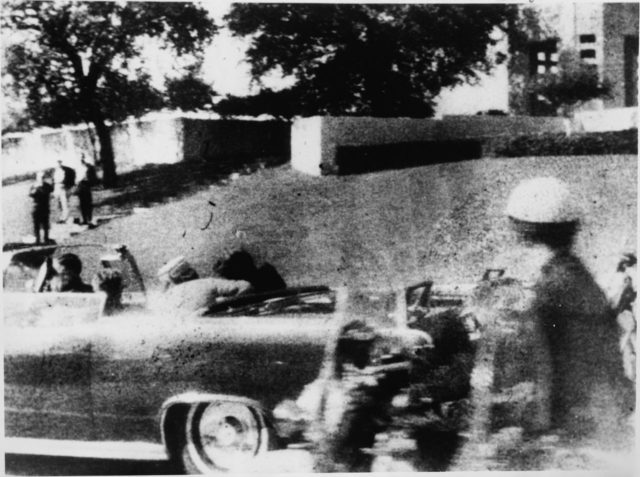
Oswald became dissatisfied with Soviet life by early 1962 and wanted to return home. He was now weighed down with a wife, Marina, and a young child.
He knew that as someone who had spent time in Russia, had an undesirable discharge on his record, and with only a ninth-grade education, he would have very few prospects in America.
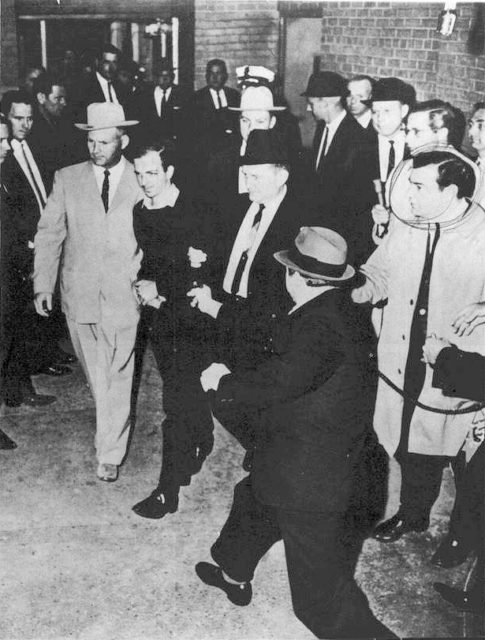
Oswald wrote a sincere declaration to Connally, a fellow Texan, head of the Navy Department and the civilian overseer of the Marines. In emotional terms, Oswald asked Connally to restore what was an obvious miscarriage of justice. In February 1962, a month later, he received what was a classic governmental snub. The contemptuous letter arrived in an envelope announcing his bid for the Texas governorship and his smiling face on the front, bursting from a Texas star.
Oswald’s worst fears were fulfilled in the months after his return to America. Indeed, he did have serious difficulty finding and holding jobs in Texas.
According to the testimony of Russian immigrants who knew him during this period, every time his ‘undesirable’ discharge was mentioned in a job interview, Oswald froze, and his condemnation of Connally intensified.
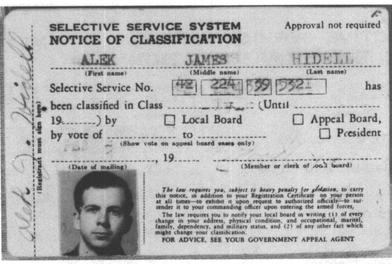
Oswald’s wife, Marina, definitively named Connally as her husband’s target and not Kennedy, in her testimony to the Warren Commission. In testimony to the U.S. House Select Committee on Assassinations in 1978, she repeated this belief. Russian emigres also testified to Oswald’s obsessive behavior towards Connally. Furthermore, there was abundant testimony that Oswald exhibited no animosity toward Kennedy. In fact, he admired JFK’s important initiatives, such as the president’s efforts at detente with Russia.
So there is one question on everyone’s mind – why was this evidence of motive and intent ignored and suppressed in the official investigations? More meaningfully, why is Oswald’s little green book, which is in the National Archives, missing that pivotal page? In a community college class, he has been teaching for many years, retired Special Agent Howard has maintained his view of the assassination – Connally was Oswald’s target, not Kennedy.
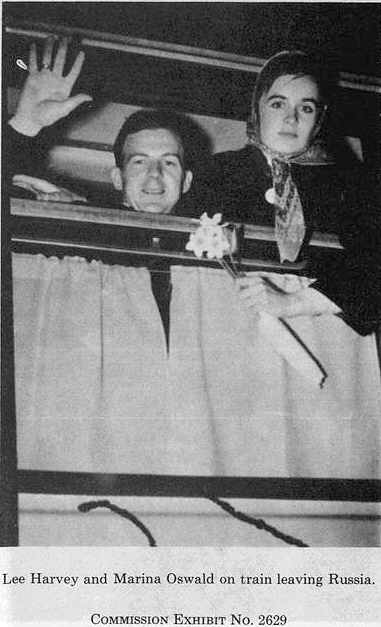
Howard suggests two possibilities when asked about the missing address book page. Firstly, he claimed the FBI director, J. Edgar Hoover wouldn’t have wanted his organization, through FBI Agent Hosty, to be connected to Oswald’s murderous rage.
As it turns out, just weeks before the assassination Hosty had intently questioned Marina Oswald over her immigration status. In early November 1963, an enraged Oswald left a written threat at the Dallas FBI office.
Later, Hosty testified to Congress that he destroyed the written threat after the assassination on orders from his superiors.
Secondly, President Lyndon Johnson might have had even stronger motivation for covering up evidence; he would not have wanted his closest friend, Connally, to be identified as the catalyst for the assassination.
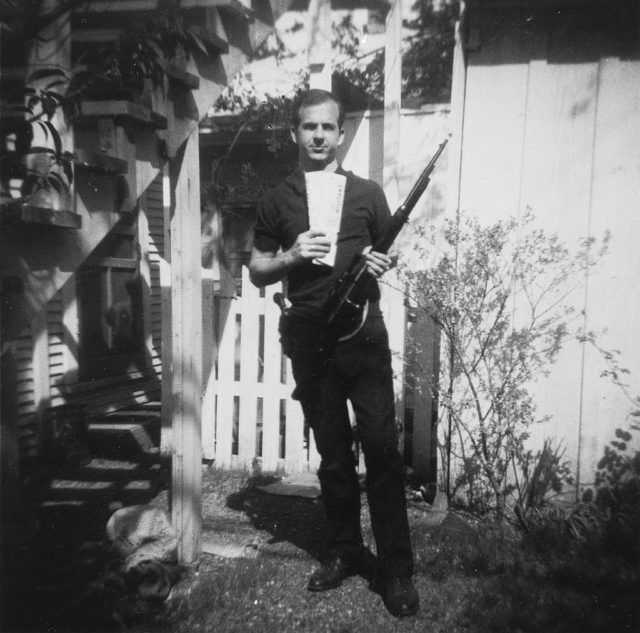
For 53 years, an entire industry of conspiracy theories has developed around the assassination; it has been connected to the Russians, the Cubans, Oswald’s Marxist beliefs, and Jack Ruby’s petty crimes in the Dallas underworld or the Mafia. The public has embraced the perception that the greatest felony of the 20th century must have been the creation of a correspondingly grandiose conspiracy.
Here is another JFK assassination related story from us: The JFK Assassination and the Umbrella Man
But, upon careful study of the events of the six months preceding 22 November 1963, none of these conspiracy theories are supported. Oswald was no ruthless, trained assassin under orders. The actual answer to the motive why he fired that fateful shot is to be found in his frustrations and fixations. And the death of a president who was caught in the line of fire is the real tragedy of Dallas.
